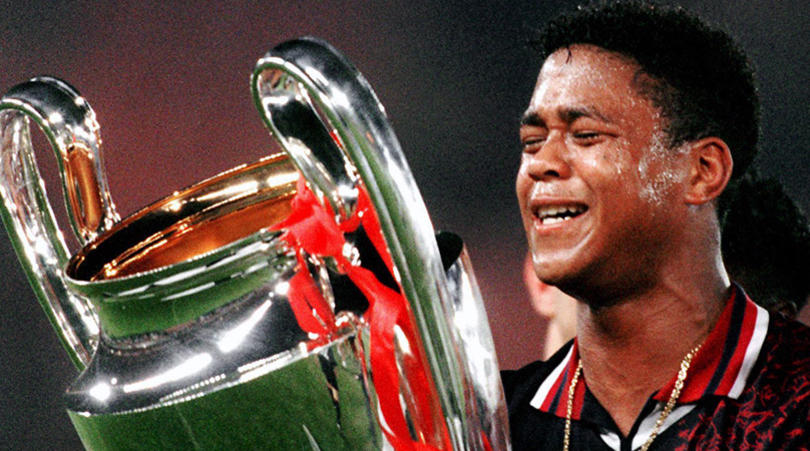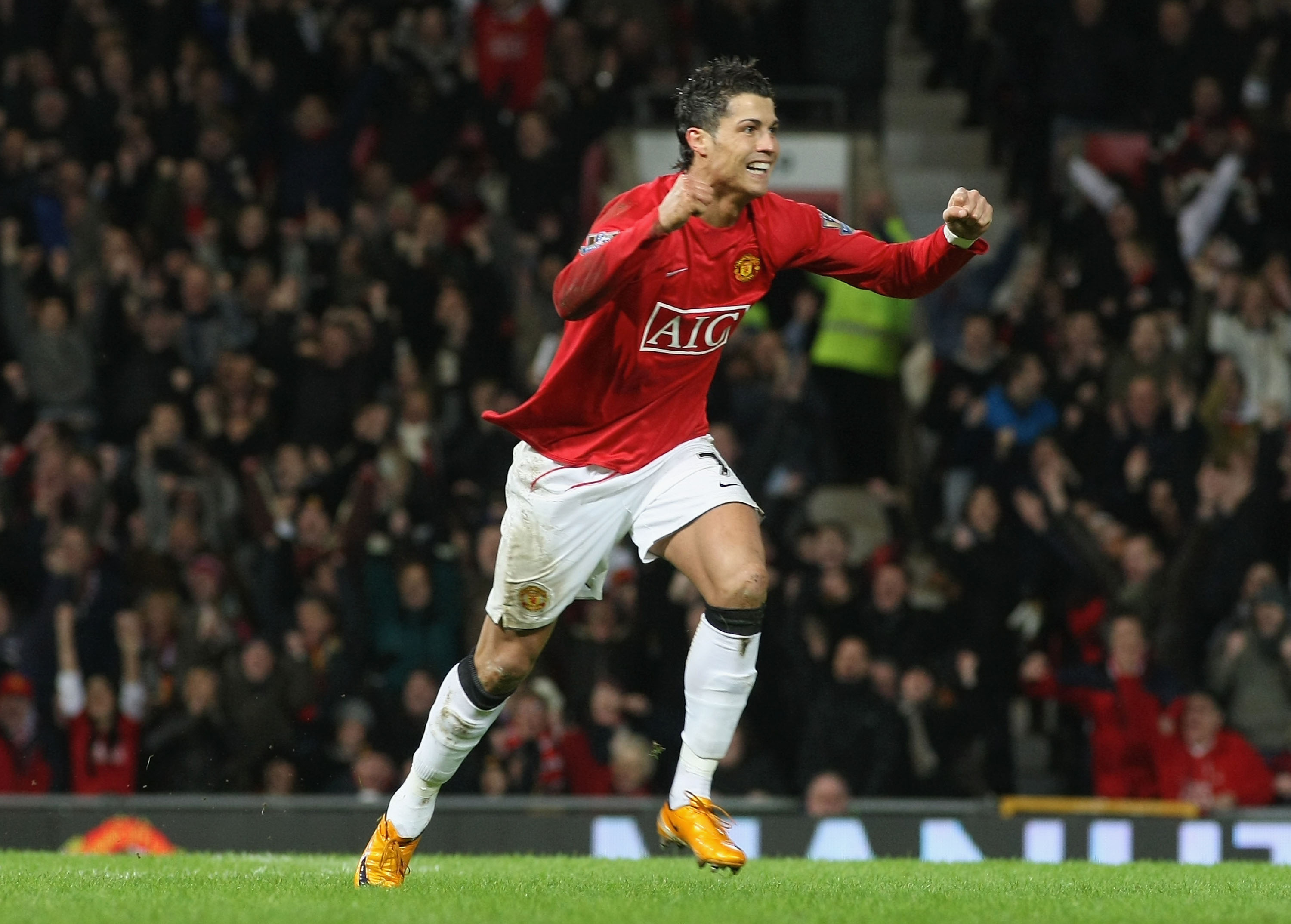Inside Ajax: how to become the world’s greatest talent factory
In 2011, we visited Holland to see what’s so special about the Dutch giants’ famous system – and took a peek at their fancy new digs
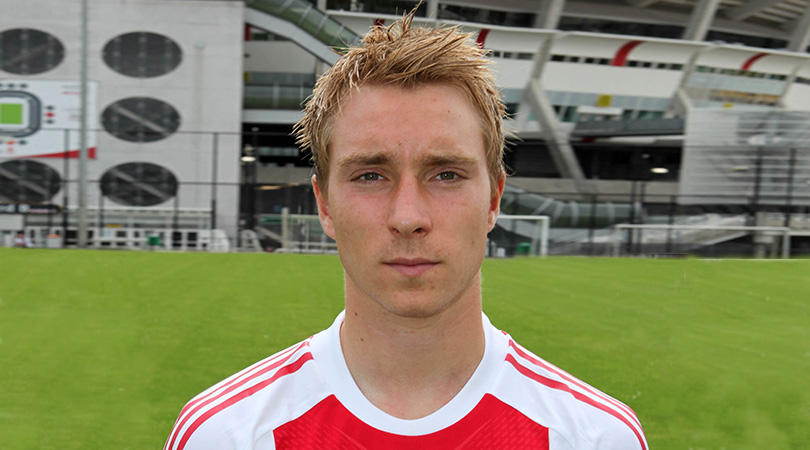
Please note: This feature originally appeared in the August 2011 issue of FourFourTwo – celebrating our 25th birthday this summer! Subscribe here...
Four West Ham youngsters. Two from Arsenal. One each from Watford, Leeds, Chelsea, Liverpool, Aston Villa, Everton, Nottingham Forest and Leicester. It’s fair to say that the 14 England players, schooled at 10 different youth teams, who took to the pitch against Germany in their miserable last 16 World Cup exit came from varied stock; each academy with a different idea of how to play football.
Fast forward exactly two weeks and seven Ajax graduates – Maarten Stekelenburg, Gregory van der Wiel, Johnny Heitinga, Nigel de Jong, Wesley Sneijder, plus substitutes Rafael van der Vaart and Eljero Elia – succumbed to seven Barcelona-taught Spanish starlets, among others, in the World Cup Final. For an England fan, the difference couldn’t have been more striking.
Despite the unusually brusque Dutch attempts to blunt Spain’s schemers, that final would have been impossible without Ajax. Dreamt up by the visionary Rinus Michels in the early 1970s – and transplanted to Barcelona a decade later – it is Ajax’s free-flowing Total Football model which persuaded Holland to adopt the beautiful game as its national sport, despite a relatively young 56-year professional league and limited access in schools.
And adopt it they did – in droves. PSV, Feyenoord and AZ Alkmaar interpreted the Ajax method so well that by the 21st century, these copycat academies had arguably overtaken the originators. But in May, the reinvigorated Amsterdam club beat Twente on the last day of the season to lift their first Dutch title for seven seasons.
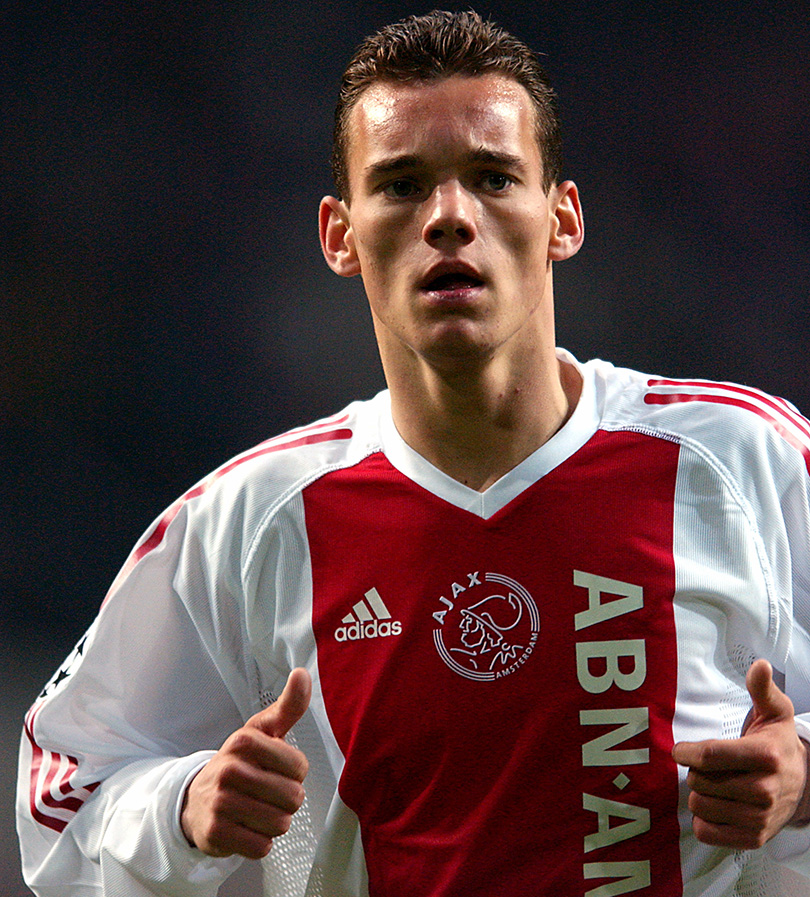
Stekelenberg and Van der Wiel are joined in this maturing vintage by next big thing Christian Eriksen, improving attacker Siem de Jong, tricky left-winger Lorenzo Ebecilio, and defensive rocks Jan Vertonghen and Toby Alderweireld. Comparisons have even been made with 1995’s stellar Champions League-winning team of the De Boer twins, Patrick Kluivert, Marc Overmars, Edgar Davids, Clarence Seedorf and Edwin van der Sar.
Intrigued, FFT has come to the ‘Toekomst’ (‘Future’) Academy, just a Rory Delap throw-in away from the imposing Amsterdam Arena, to see for ourselves what the club has done to surge back to the summit of youth development. Just what makes the Ajax academy so unique?
Get FourFourTwo Newsletter
The best features, fun and footballing quizzes, straight to your inbox every week.
“We’re not developing for other clubs”
Greeting FFT with a firm handshake and bustling mop of curly hair, few people know more about Ajax than David Endt. Part of the club furniture for 32 years, first as a player in the mid-70s zenith alongside the two Johans, Cruyff and Neeskens, then as press officer and now as first team general manager, he outlines the philosophy which has won the club four European Cups and 30 Dutch titles.
“We’re adventurous: we attack, create and play with speed,” he says, with total conviction. “We’re not developing for other clubs; we’re developing for ourselves. This is football how we want to play it.”
But any team can scout technically proficient young talents – here, a player’s personality is just as important. Sat in his spacious office overlooking the Toekomst’s main pitch – where Ajax under-17s are playing in the weekend-long Future Cup against other academies from four continents – head of youth development, Jan Olde Riekerink, explains why. “They have to be coachable and want to learn,” he says.
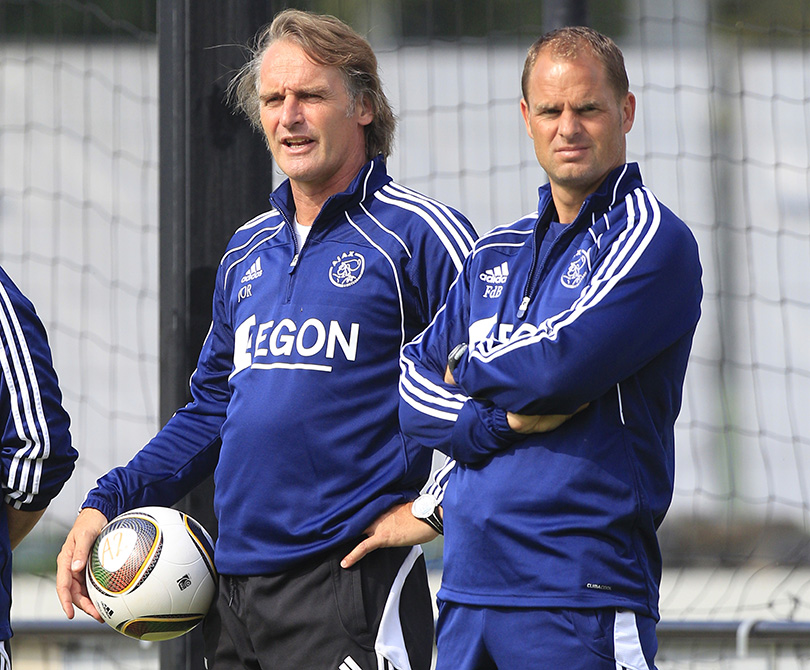
In charge of Jong Ajax since 2007, Riekerink first swaggered onto the coaching staff with his piercing blue eyes, flowing blond hair and deep tan in 1995. A steely desire for improvement quickly became his trademark. “The most important thing we can teach them is self-responsibility. The moment they walk out of the complex, they can choose to go home or to McDonald’s. They’re only children, so I’m not going to shout at them, but they have to realise that part of being a professional is making the right decision.”
One of Riekerink’s first pupils in his U11 team 16 years ago was Wesley Sneijder, who couldn’t agree more with his ex-mentor. “I saw better players than me leave at 16 because mentally, they weren’t smart,” recalls Inter’s 2009/10 Treble winner. “They wanted to do other things, or they started to like girls or partying. You have to be focused.”
Focus on the Ajax ‘family’ defines the club. Two years ago, the first team left the plush midweek confines of the Amsterdam Arena to train at the Toekomst with the rest of the club. “We missed the family feeling and connection with youth development,” says Endt, a confirmed traditionalist. We’re back at the heart of the club.”
In the shadow of the Arena – built in 1997 to harbour Ajax’s huge support and update the De Meer stadium’s facilities – the old training pitches are now up for sale.
First-team coach Frank de Boer, that great 1995 team’s left-back, agrees: “The academy is the beating heart of Ajax – it’s in our blood and in our veins. To see the first-team players in the dressing room and training area every day is a great motivation for the youngsters. When I played, I was so proud when the first-team players came to watch us.”
One first-team star who takes a keen interest in the club’s youth teams, even presenting the Future Cup trophy with De Boer on a rare day off, is one of European football’s hottest properties: 19-year-old Dane Christian Eriksen.
“Ajax has unique aura and tradition,” says the gifted playmaker, who cites the club’s devotion to 4-3-3 as crucial to his development. “Football is about more than running. Everyone here wants the ball and no one is afraid of it. Each year you play the same system so when you come to the first team it’s easier to adapt.”
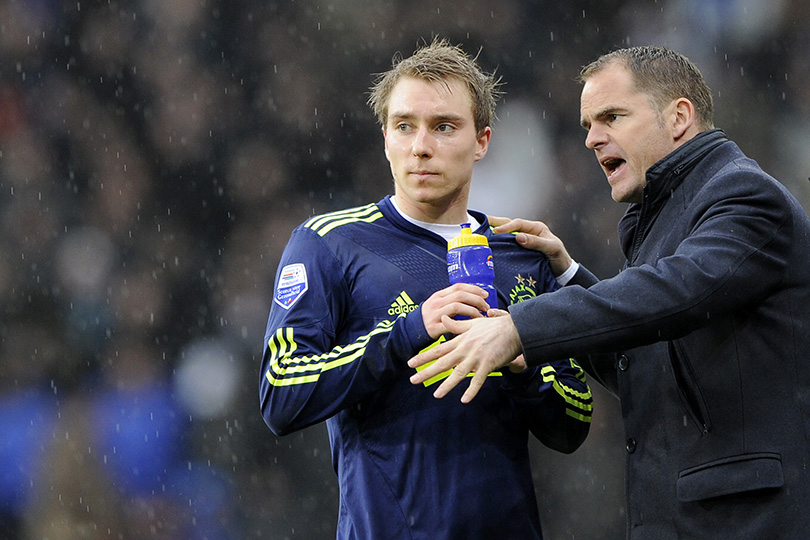
Recruited at 16, Eriksen is part of a new generation of Ajax youth-teamers who, like Vertonghen and Arsenal’s Thomas Vermaelen, come from abroad – a sign the club has updated its model to take into account changes like the Bosman ruling. But what’s the difference between this and, say, Arsenal signing the new Cesc Fabregas from Barcelona’s La Masia?
“If we spot a 12-year-old 200km from Amsterdam, we’re reluctant to take them,” says Endt. “We’ll watch his progress and when he’s ready, he’ll come to Amsterdam and stay with a foster family. We want to keep them as normal as possible.”
Also key is a reluctance to prioritise youth-team success. “It’s not a crime to lose,” insists Endt, “nor is it about being champions in your age group, but being in the first team, winning trophies there. To be a star you must overcome disappointment.”
So there’s no screaming coaches, pushy parents or berating of officials. It’s almost as if Ajax’s coaching staff encourage adversity to create a stronger product years down the line.
That approach worked a treat in May. A week after letting a two-goal lead turn into a devastating 3-2 KNVB Cup Final defeat to Twente, Ajax’s triumphant 3-1 victory in the league decider against the same opposition ended that agonising seven-year wait for an Eredivisie title.
“Not winning the league was becoming something of an obsession,” admitted Endt. “We felt wounded and had an extra motivation. Winning it the way we did gives us a fresh stimulus.”
Not to mention a better chance of keeping stars Van der Wiel and Stekelenberg.
“Judo is not only physical – it’s also mental training”
Things couldn’t have been more different when FFT was last at the Toekomst four years ago, halfway through that drought, when Ajax were unable to find the next Sneijder or Van der Vaart. The state-of-the art Athletic Skills programme is now in full swing, though, and aiming to remedy the ills of modern Dutch life for Ajax’s seven-to-24-year-olds.
Ajax was once a multi-sport club: Cruyff used to play for the baseball team during the summer, while Marco van Basten was a national standard table tennis player. Now children play much less on the street. Co-ordination suffers.
“Between the ages of seven and 12, I’m not looking to improve football skills,” explains first-team strength and conditioning coach Rene Wormhoudt, who also oversees Athletic Skills. “I want to develop all aspects of co-ordination like running, jumping, throwing and catching. I believe in a firm base for an athlete, no matter what sport.”
Indeed, until they’re 13 years old, 40 per cent of an academy player’s workload is non-football specific. Judo and gymnastics feature heavily in those early years. “Those sports have the basic motor skills I’m interested in,” says Wormhoudt, an imposing slab of a man who says his classes are unique to the club. “Judo is not only physical, it’s also mental training. You learn discipline; how to lose and win and work together.”
Beyond 15, specialised strength training and yoga take the place of judo and gymnastics, in the pursuit of creating all-round athletes, not just footballers.
“When players changed shirts 20 years ago [at the end of a game], you can see they weren’t athletes like they are now,” says youth development chief Riekerink. “We always look for footballers first, but to stay up with the modern game we must develop athletes to compete at top international level. But enjoyment must come first. That’s the basis for all our coaching: if they don’t have fun, we don’t do it. We don’t make them run in mud just because it’ll make them stronger.”
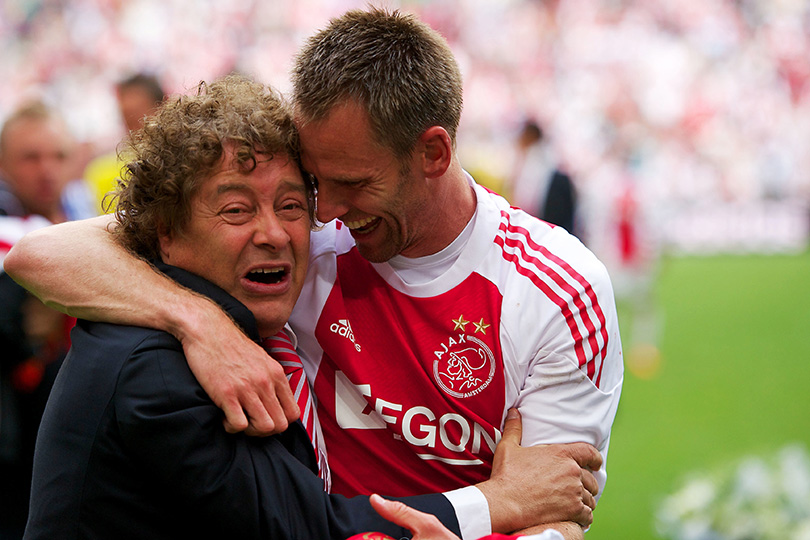
Critical to the programme’s effectiveness is recording its participants’ development in the five contact hours, four days a week, which academy players spend at the Toekomst.
“Some of our first-team players are only here for a couple of years, but the youth-team players are here for 10 sometimes,” explains head of sports science Edwin Goedhart. “So for development over time, we prefer to use the youngsters because there’s a much better chance of improving one of those players than a first-teamer.”
Immersed in football for the last two decades with the national team, AZ Alkmaar and Ajax, Goedhart is at the vanguard of Ajax’s latest innovation – the miCoach Performance Centre. Part-funded by sponsors Adidas and Aegon, the white-pimpled dome resembles an oversized golf ball but is the envy of many clubs in Europe. Inside are pressure plates, fixed and movable cameras for biomechanical analysis of technique and an artificial pitch for training matches, while outside further cameras on three of the Toekomst’s nine pitches provide detailed feedback to all coaches and players.
1% x 11
But, as Goedhart says: “Playing for Ajax is about more than having great acceleration, recording heart rates and improving technique and tactics.” Part of his other work is to understand what goes on between each player’s ears.
All age groups sit through questionnaires and psychological tests on memory recall, spacial awareness and family background – where, for example, research suggests sons of divorced parents have the strength of character to succeed in professional sport. “When I did neuropsychological testing with the first team I thought: ‘They’ll never do it,’” he recalls. “What I forgot was how competitive they are. They all wanted to compare scores!”
The results indicate why certain players make better in-game decisions than others and could go a long way to developing more natural Dutch leaders, arguably the one failing of the Ajax system.
“Talent is 85 per cent of the case,” concludes Goedhart. “If you want to win a marathon, you have to choose your parents wisely. It’s all genetics. Training provides 20 per cent. The rest is what we can add. We’re only talking about a one per cent improvement, but spread over a team that’s 11 per cent.”
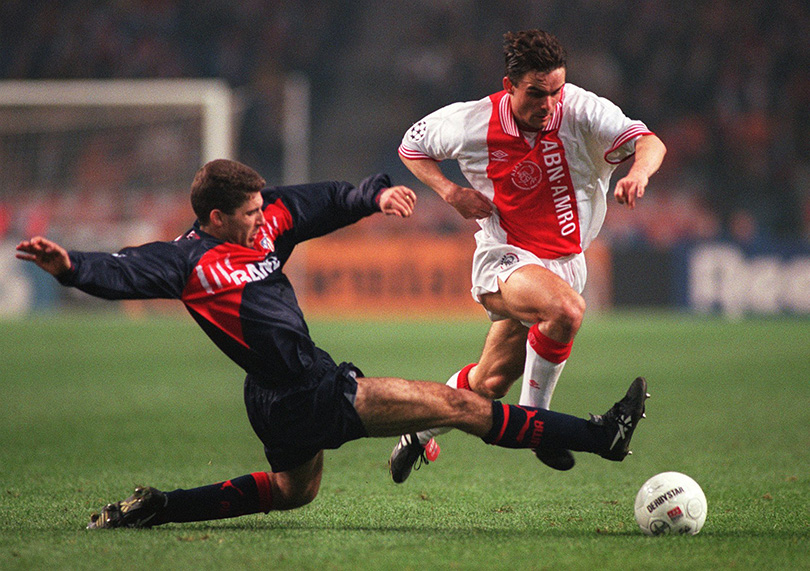
Crucially, the Ajax coaching staff, from Frank de Boer down, have bought into its potential success. “The academy can’t stand still and depend solely on what we did in the past,” says the 112-cap international, “so with miCoach we can control the mental and physical things that our young players experience. But the mentality, skills and tactics we want our players to have, which have made Ajax famous, will never go away.”
“Everybody at Ajax has one goal: to make a young player into a great footballer,” adds Endt. “You can’t imagine a youth-team coach’s pride when a youngster steps into the first team. Of course, people always try to copy a success but you can’t copy mentality, atmosphere, Amsterdam.”
It’s an oft-repeated message in FFT’s three-day Toekomst crash course. New technology and facilities like miCoach supplement this comparatively small club’s holistic attitude to youth development, which sets it apart from the competition.
In 1991, a stocky seven-year-old from Ondiep, a working-class suburb of Utrecht, made his first 40-minute journey home from Amsterdam with a football connected to a rope to practise his skills. Later that week, he had to show his coaches what he’d learned. “The Ajax school is the best in the world, without any doubt,” that youngster tells us a full 19 years, and countless more homework tasks, later.
As the academy’s most decorated graduate of his generation, Wesley Sneijder knows that better than most.
While you're here, why not take advantage of our brilliant new subscribers' offer? Get 5 copies of the world's greatest football magazine for just £5 – the game's greatest stories and finest journalism direct to your door for less than the cost of a London pint. Cheers!
Andrew Murray is a freelance journalist, who regularly contributes to both the FourFourTwo magazine and website. Formerly a senior staff writer at FFT and a fluent Spanish speaker, he has interviewed major names such as Virgil van Dijk, Mohamed Salah, Sergio Aguero and Xavi. He was also named PPA New Consumer Journalist of the Year 2015.
